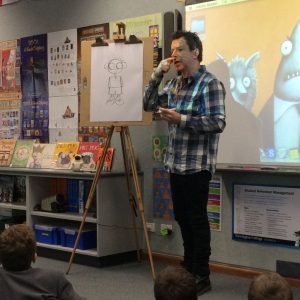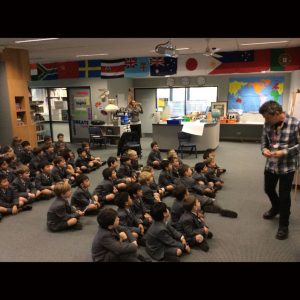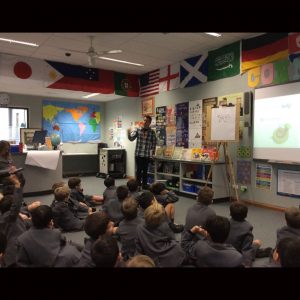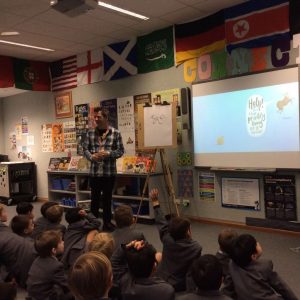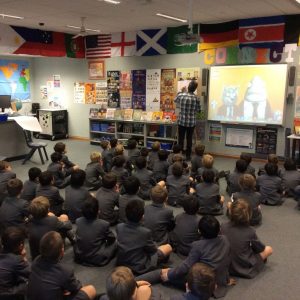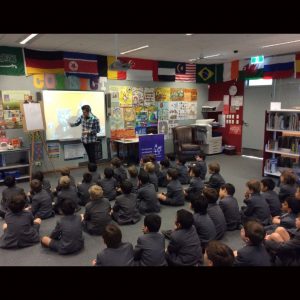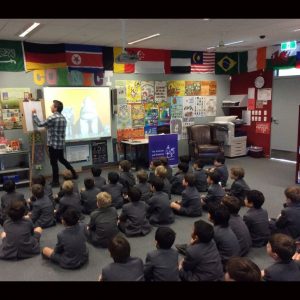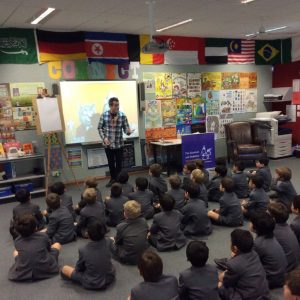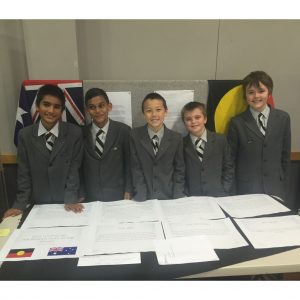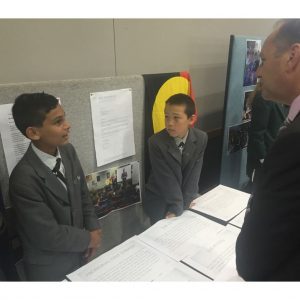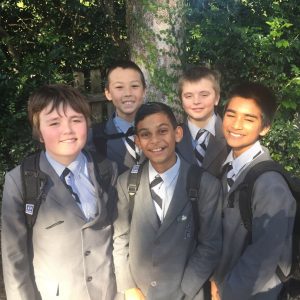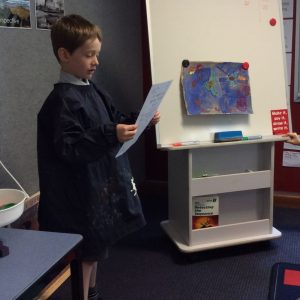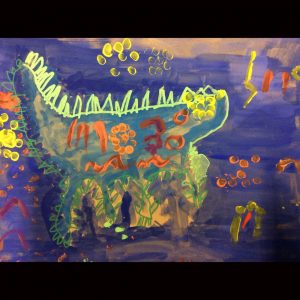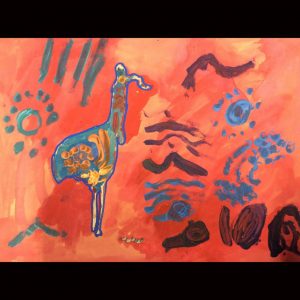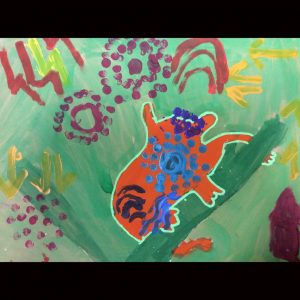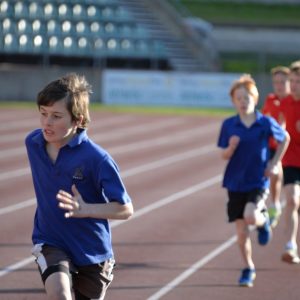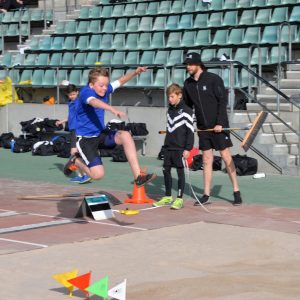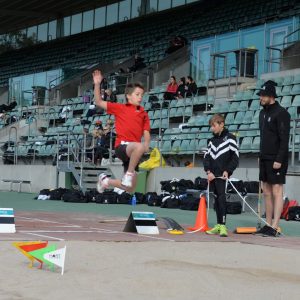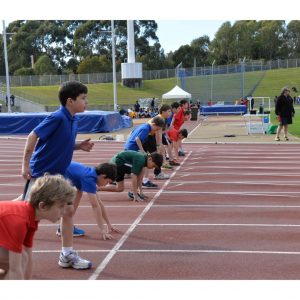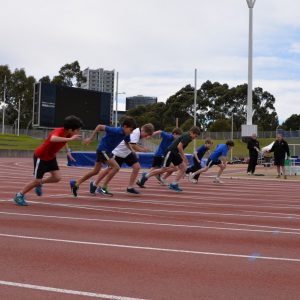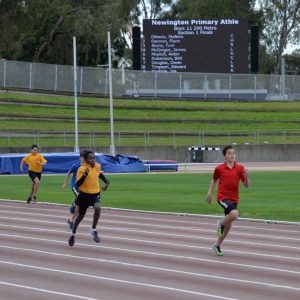The Learner Profile
Before you begin reading try this…
This activity will help you become familiar with the attributes of the Learner Profile as well as thinking about each attribute in relation to your vision for your son.
What sort of boy do you want your son to be both now and in the future?
What would your answer be if you were asked this question?
- Write one response to this question on separate pieces of paper or post-it notes. For example, if you want your son to be better at Mathematics, write just that.
- Write as many notes as you can.
- Read about the attributes of the Learner Profile in this article.
- As you read the attributes of the Learner Profile, refer back to your notes and on each one write the Learner Profile attribute that your comment relates to. For example, using the above Mathematics example, the Learner Profile that might relate to this is Knowledgeable.
- Once you have completed the task, ask yourself:
o Are there any gaps?
o Are any attributes over-represented?
o Are any attributes under-represented?
o Why do you think they may be over/under represented?
As parents we have dreams for our children – something along the lines of “to be happy, healthy and safe in their lives”. But is this sufficient for their future?
As educators (parents and teachers) we must have aspirations that are richer and more specific than this, a complementary set of goals that are explicit and detailed, that provide a road map of values and characteristics which our children will be able to uphold all their lives and that we, as educators, uphold, value and feel are imperative for our children to be the lifelong learners that they will need to be to be happy, healthy and safe in their lives.
The mission statement of the IBO for its educational programmes, the Primary Years Programme (PYP), the Middle Years Programme (MYP) and the Diploma Programme (DP) is this road map. The mission states:
The International Baccalaureate® aims to develop inquiring, knowledgeable and caring young people who help to create a better and more peaceful world through intercultural understanding and respect.
To this end the organization works with schools, governments and international organizations to develop challenging programmes of international education and rigorous assessment.
These programmes encourage students across the world to become active, compassionate and lifelong learners who understand that other people, with their differences, can also be right.
A mission statement is a formal expression of the aims and values of a company, organisation, or individual. The challenge becomes how to live this mission. But how can we achieve this mission? How is it possible to encourage students to “become active, compassionate and lifelong learners who understand that other people, with their differences, can also be right”? This is not an easy undertaking – but it is possible.
As an IB World School that offers our students the opportunity to fulfill this mission we are committed to learn, model and teach this mission. We can do this through the Learner Profile.
What is the Learner Profile?
The Learner Profile is the heart of the PYP. It is an explicit description of our dreams for our children and their future. It is also the realisation of the IB’s mission, a way that the mission can be achievable. This mission statement and Learner Profile work together in providing a long-term vision of education – a set of principles that inspires, motivates and focuses our learning and teaching which we actively promote in all facets of our lives at NCL.
The Learner Profile describes the kind of person necessary to make a better and more peaceful world as well as representing the best expression of the core values of teaching and learning in PYP. They shape the principles and practices of our school – our vision, mission and commitment to learning for the twenty-first century – for our children as global citizens.
The attributes and descriptors of the Learner Profile define the type of learner the IB and Newington College endeavours to develop through the PYP.
Therefore, as learners we strive to be:
INQUIRERS: We nurture our curiosity, developing skills for inquiry and research. We know how to learn independently and with others. We learn with enthusiasm and sustain our love of learning throughout life.
KNOWLEDGEABLE: We develop and use conceptual understanding, exploring knowledge across a range of disciplines. We engage with issues and ideas that have local and global significance.
THINKERS: We use critical and creative thinking skills to analyse and take responsible action on complex problems. We exercise initiative in making reasoned, ethical decisions.
COMMUNICATORS: We express ourselves confidently and creatively in more than one language and in many ways. We collaborate effectively, listening carefully to the perspectives of other individuals and groups.
PRINCIPLED: We act with integrity and honesty, with a strong sense of fairness and justice, and with respect for the dignity and rights of people everywhere. We take responsibility for our actions and their consequences.
OPEN-MINDED: We critically appreciate our own cultures and personal histories, as well as the values and traditions of others. We seek and evaluate a range of points of view, and we are willing to grow from the experience.
CARING: We show empathy, compassion and respect. We have a commitment to service, and we act to make a positive difference in the lives of others and in the world around us.
RISK-TAKERS: We approach uncertainty with forethought and determination; we work independently and cooperatively to explore new ideas and innovative strategies. We are resourceful and resilient in the face of challenges and change.
BALANCED: We understand the importance of balancing different aspects of our lives—intellectual, physical, and emotional—to achieve well-being for ourselves and others. We recognise our interdependence with other people and with the world in which we live.
REFLECTIVE: We thoughtfully consider the world and our own ideas and experience. We work to understand our strengths and weaknesses in order to support our learning and personal development.
When we look at the visual representation of the PYP, there is a very clear statement of the importance of the Learner Profile to the programme and the type of learner we are developing throughout our school community by placing it at the centre of the diagram. Underlying the programme is the concept of education of the whole person as a lifelong process. You will notice that the language of ‘we’ is used to describe each of the Learner Profiles. This is to recognise that we are all learners and learning does not stop when we complete our formal education.
In PYP schools teachers are required, on behalf of all students, to assess and report on progress in the development of the attributes of the learner profile. At NCL there is a reflection of this importance at the conclusion of each Unit of Inquiry. The Learner Profile can be used for self and peer assessment, as the basis for teacher/student/parent conferences and through reporting to parents. We attempt to develop a clear understanding of each Learner Profile through our Units of Inquiry helping to make connections to learning and life.
In developing these traits, students build both the motivation and capacity to make the world a better place.
As IB teachers, students and parents, we believe wholeheartedly in this philosophy.
“Only you can control your future.” – Dr Seuss
Sue Gough – PYP Co-ordinator



